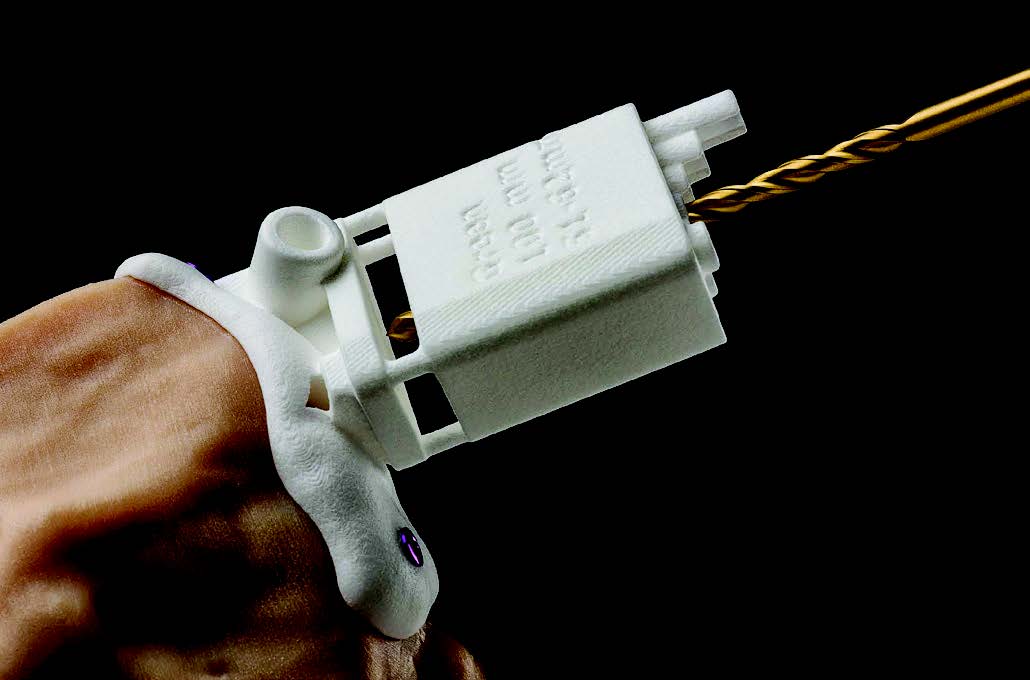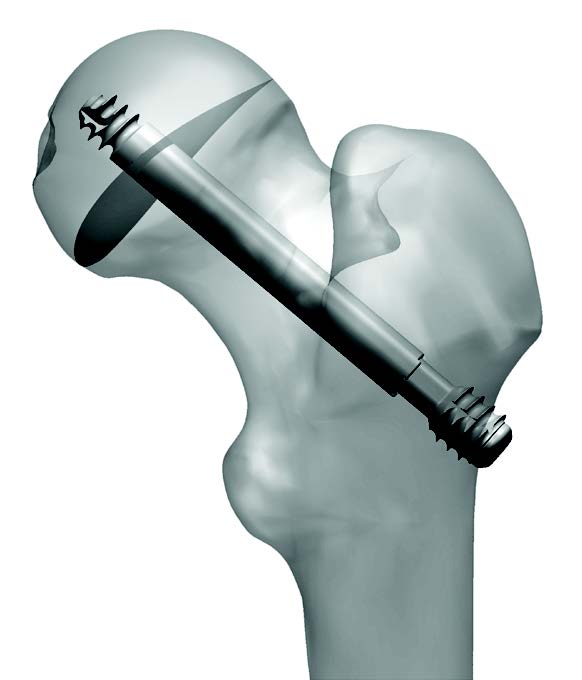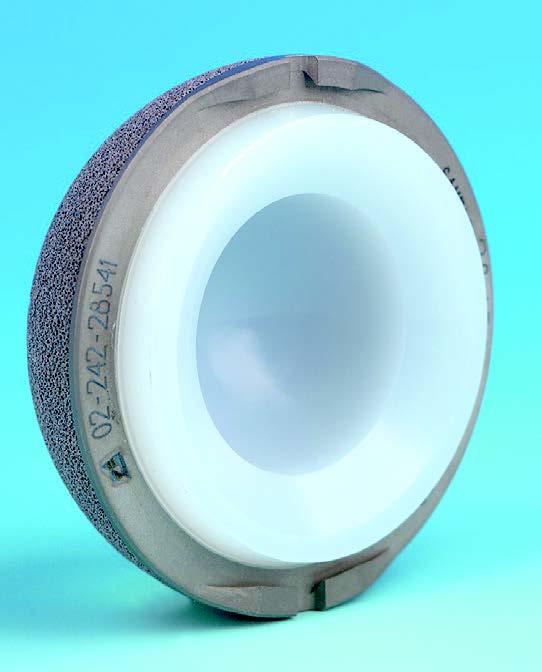
North of the U.S. border, about a six-hour drive from New York City, lies the Canadian province of Quebec. Known for the French language, the iconic hotel Chateau Frontenac, maple syrup, hockey, snow, vast woodlands and countless lakes, it’s also home to a robust orthopaedic industry characterized by innovation, research, a history of achievement, manufacturing prowess and investment. Since the 1960s, private companies, government, education and healthcare institutions and pre-clinical research organizations have coalesced into an engine for commercializing innovative products. This article spotlights the people, companies and products—many of whom I’ve worked with—that have placed Quebec firmly on the world map as an orthopaedic center of excellence.
Leaders in Education and Orthopaedic Research
Significant contributions to orthopaedic innovation can in part be traced back to 1967 and the founding of the Jo Miller Laboratory at the Montreal General Hospital/McGill University. Originally planned for biological and surgical research, the lab, led by Jo Miller, M.D., quickly evolved into a center for biomechanical and materials testing.
From the 1970s to mid-1980s, original pioneering research was performed on porous coated implants, bone ingrowth, fixation and stress-related peri-implant bone remodeling, development of improved bone cements and cementing techniques and commercial implant designs such as the MultiRadius and Miller-Galante knee systems.
In the early 1990s, Denis Bobyn, Ph.D., head of the Jo Miller Lab at the time, and Michael Tanzer, M.D. were tapped by Implex to evaluate bone ingrowth and the biomechanical properties of Hedrocel porous tantalum, subsequently trade named Trabecular Metal by Zimmer, which acquired Implex in 2004.
In addition to the McGill Research Lab and the Imaging and Orthopaedic Research Laboratory at École de technologie supérieure (ETS, engineering school, University of Quebec), Montreal is home to more than a handful of research labs, including the National Research Council of Canada, whose past or present foci include development of titanium foams and porous nitinol for bone reconstruction and implant fixation, low temperature porous titanium coatings, bioactive glass bone graft substitutes, resorbable implants, mechanical and materials testing services, characterization of powders for additive manufacturing processes, imaging expertise and simulation of biomechanics, fabrication processes, surgical procedures and orthopaedic pediatric care.


Patient-specific knee cutting guide for the Bodycad unicompartmental knee system.
Innovation, Diverse Products and Services and an Entrepreneurial Spirit
Quebec’s tradition of orthopaedic education and research has provided the necessary human, intellectual and financial capital for product innovation and research and development of new technologies from surgeons, OEMs and suppliers.
Surgeon and University Technology
Local venture capital firm AmorChem recently invested in two Montreal-based technologies, one for fixation of bone with porous metal devices and the second a novel device, the Y3, for repair of the greater trochanter. The former idea is traced to surgeon entrepreneurs Edward Harvey, M.D. and Paul Martineau, M.D. of McGill University, and the later to Dr. Georges-Yves Laflamme, Dr. Yvan Petit and Yan Bourgeois (Sacred Heart Hospital in Montreal and ETS). For both innovations, AmorChem provided the funds for intellectual property, product development, testing and regulatory approvals in Canada and the U.S., and is currently seeking to sell or license both technology portfolios.


Schematic of Pega Medical’s Free-Gliding SCFE screw
Another good example of orthopaedic technology emerging from Quebec-based education institutions is ORTHOsoft, founded in 1995 by Louis-P. Amiot, M.D., during his residency. Leveraging the pioneering work of Jacques De Guise, Ph.D., and Hubert Labelle, M.D., the company quickly became a global leader in the field of computer aided surgery, software development and instrumentation. ORTHOsoft was acquired by Zimmer in 2007 and is known today as Zimmer CAS. ORTHOsoft’s computer technology and products can be traced to the research and development activities at multiple universities where high precision, three-dimensional optics was married to orthopaedic instrumentation, computer hardware and software, all developed in Montreal.
Orthopaedic Device Company Technology
A recent entry on the Quebec orthopaedic scene is Bodycad, founded in 2011 by Jean Robichaud, who believes that a direct relationship between the implant designer and the orthopaedic surgeon is critically important to successful, personalized orthopaedic restorations, and that control of R&D, design and manufacturing under one roof is essential to quality, reliability and profitability. Bodycad utilizes proprietary software for imaging, planning and then manufacturing and 3D printing instruments and implants for personalized joint reconstruction. The company began entry into the U.S. and EU markets this year with its Bodycad Unicompartmental Knee System. Bodycad is Canada’s first total joint reconstruction manufacturer.
With a focus on pediatrics, Pega Medical was founded 20+ years ago from the partnership between two former McGill Researchers, Ariel Dujovne and Cameron Clokie, M.D., plus aerospace entrepreneur Robert Carriere. The company designs and manufactures products that address challenging clinical problems, such as the Fassier-Duval telescopic IM system for correcting bone deformities caused by osteogenesis-imperfecta or brittle bone disease, the Free-Gliding SCFE screw and the Hinge Pediatric Plating system that have improved clinical treatment of hip and knee problems. Recently, Pega Medical quadrupled its core team and currently has 35+ surgical specialists in North America and 30 international distributors in over 65 countries in four continents.


The Hedrocel/Trabecular Metal Monoblock Cup, UHMWPE molding process developed and manufactured by PPD Meditech, Sherbrooke, Quebec, circa 1997
Suppliers and Service Provider Technology
Created in 2004 and located just north of Montreal is AccelLAB, a fully integrated preclinical Contract Research Organization dedicated to the assessment of new medical devices and biologics under GLP compliance. AccelLAB performs product safety and efficacy studies, and its services include preclinical study design, sophisticated intra-op, follow- up and post-sacrifice imaging technologies, hematology and blood biochemistry, histomorphometry, histopathology and reporting for regulatory submissions. Part of the CiTox- LAB Group, AccelLAB has 100 qualified staff members with 40,000 sq. ft. with plans for continued growth.
Flextronics International (Flex) is a Sketch-to-Scale™ solutions provider with well established capabilities in orthopaedic manufacturing. Flex acquired Maetta Sciences in 2015, which had successfully operated since 2003 and specialized in Metal Injection Molding (MIM), design and manufacturing services. Now a Flex offering, the Maetta System™ is a proprietary technology platform for MIM, offering unique capabilities in manufacturing medical devices, energy, aerospace and defense components made from stainless steel, cobalt and titanium alloys for a variety of part sizes and complexity.
Earlier this year, Halifax Biomedical (HBI), focused on diagnostics in orthopaedics using stereo x-ray imaging, acquired the technology and assets of Genia Photonics in Montreal and currently manages R&D activities. In addition to the acquired fiber probe laser technology, HBI’s Montreal facility focuses on two orthopaedic clinical problems: early detection of implant loosening for hip and knee joint replacements and developing means and measures of instability of the spinal column in patients with chronic low back pain.
PPD Group has been direct compression molding UHMWPE since 1967 for industrial applications, and a manufacturer of orthopaedic products since 1996. PPD Medtech manufactures UHMWPE materials and medical devices for large and small companies globally, as well as resorbable polymers, PEEK devices and carbon-reinforced PEEK devices. Materials include direct compression molded and crosslinked vitamin- E polyethylene and standard and crosslinked GUR 1020 and 1050, and PPD’s services range from new process development, device-machining and 100% quality control of finished devices.
These companies are joined by EOS Imaging, Spinologics, Biomomentum, Nordian, KABS Pharmaceutical and my company, BioVera.In closing, the Federal and provincial tax rate on corporations is about 19%, and there is a long-running program, SR&DS, that returns between 33% to 73% of every dollar spent in Canada on “Scientific Research and Experimental Development” that includes salaried professionals, overhead, consultants, test services and prototypes, with the amount refunded dependent on company size and country of ownership. Another incentive program funded by provincial, Federal and private sources is MEDTEQ, a Quebec-based consortium that supports industry led collaborative projects ranging from proof of concept to market.
The combination of education, healthcare and government institutions, as well as policies, manufacturers, professionals, service providers and sources of investment having experience and business in orthopaedics has established Quebec as an integral part of our growing and globally integrated industry.
Robert A. Poggie, Ph.D., is President of BioVera. His previous employers and functions include Smith & Nephew, Implex, Zimmer and Pipeline Orthopaedics, with responsibilities in applied research, biomaterials, clinical research, medical education and regulatory affairs. He can be reached by email.




